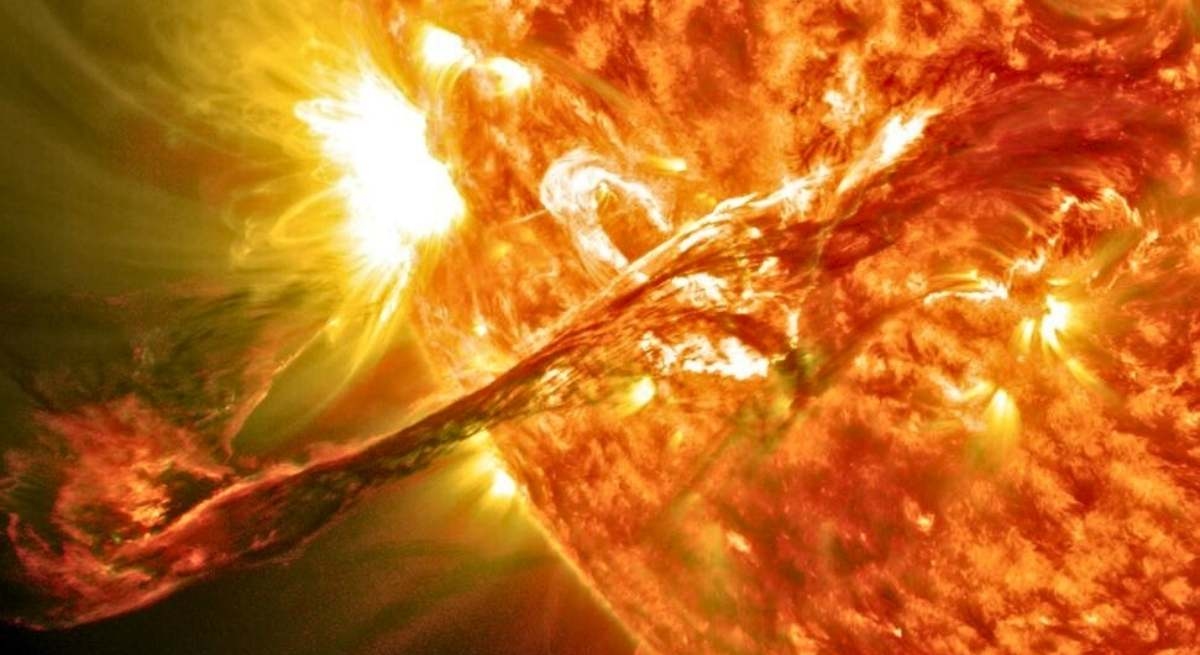The European Space Agency (ESA) simulates what would happen in the event of a super solar storm: "There are no good solutions"


The European Space Agency (ESA) has simulated what would happen in the event of a super solar storm, similar to the Carrington Event of 1859 (the most powerful geomagnetic storm ever recorded), and what implications it would have for existing satellites, technologies, and infrastructure: "If such an event were to occur, there are no good solutions. The goal would be to keep the satellite safe and limit the damage as much as possible," says Thomas Ormston, deputy director of operations for ESA's Sentinel-1D spacecraft.
The test was carried out at the mission control center in Darmstadt, Germany, and in addition to trying to calculate the implications of the event, the test was carried out just before the launch of the next mission, Sentinel-1D, which will take place this November.
According to the ESA simulation , in the event of a super solar storm, we would face three main threats: a solar flare; a shower of protons, electrons and particles; and a coronal mass ejection:
- X-class solar flare: the radiation would reach Earth in just 8 minutes, stopping all types of communications, radars and tracking systems.
- A shower of protons, electrons, and alpha particles would impact spacecraft in orbit, causing erroneous readings, corrupted data, and hardware failures.
- Coronal mass ejection (CME): At 3 PM, the mass ejection would impact the Earth's magnetic field, causing the atmosphere to expand and deflecting satellites from their orbits, leading to collisions and even the end of their useful life.
Furthermore, electrical grids and pipelines on the ground would be overloaded : "The immense flow of energy expelled by the sun could damage all our satellites in orbit. Satellites in low Earth orbit are usually better protected by our atmosphere and magnetic field from space hazards, but an explosion of the magnitude of the Carrington Event would leave no spacecraft safe ," comments Jorge Amaya, ESA's space weather modeling coordinator.
eleconomista




